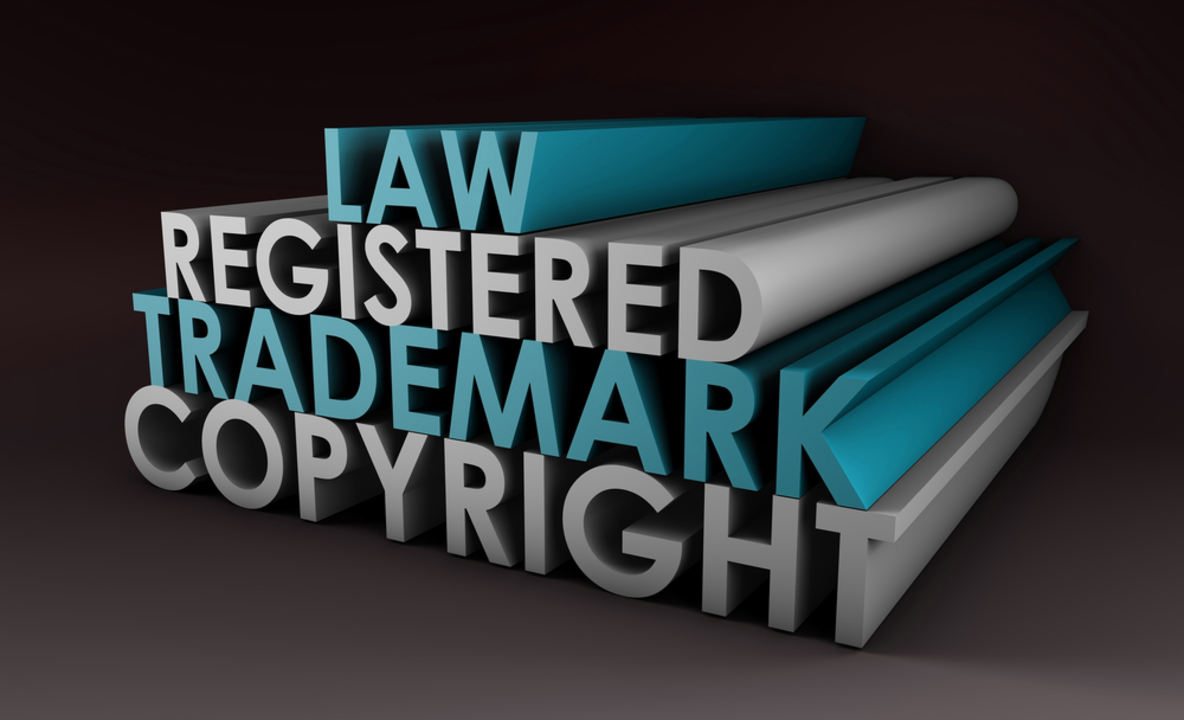Understanding the Importance of International Trademark Registration
In today's global marketplace, it's essential for businesses to protect their brand and intellectual property. One key aspect of this protection is registering an international trademark. In this article, we'll explore the best way to register an international trademark and discuss the various steps involved in the process. By the end of this article, you'll have a clear understanding of the importance of international trademark registration and how to go about it.
Choosing the Right Registration Strategy
There are several approaches to registering an international trademark, each with its own set of advantages and challenges. Before diving into the actual registration process, it's essential to choose the right strategy for your business. This decision will depend on factors such as the size of your business, the countries in which you operate, and the resources available for trademark registration. Some common registration strategies include the Madrid System, national registrations, and regional registrations.
Navigating the Madrid System
The Madrid System is a centralized, international trademark registration system that provides a cost-effective and efficient way to register your trademark in multiple countries. Administered by the World Intellectual Property Organization (WIPO), the Madrid System allows you to file a single application and pay one set of fees to register your trademark in over 120 participating countries. This can save you both time and money compared to filing individual national applications.
Considering National Registrations
If you're only interested in registering your trademark in a few select countries, you may choose to pursue individual national registrations. This approach involves filing separate applications and paying individual fees for each country in which you want to register your trademark. While this method can be more time-consuming and expensive than the Madrid System, it can be a good option if you're only targeting specific markets.
Exploring Regional Registrations
Another option for registering your international trademark is through regional registration systems. These systems allow you to register your trademark in multiple countries within a specific region with a single application. Examples of regional registration systems include the European Union Intellectual Property Office (EUIPO) for the European Union and the African Intellectual Property Organization (OAPI) for certain African countries. This can be a more cost-effective and efficient way to register your trademark in a specific region, compared to filing individual national applications.
Preparing and Filing Your Application
Once you've chosen your registration strategy, the next step is to prepare and file your application. This will involve gathering the necessary documentation, including a clear representation of your trademark, a list of goods and services for which you want to register the trademark, and information about the trademark owner. Additionally, you'll need to pay the appropriate fees for your chosen registration method. It's crucial to ensure that your application is complete and accurate, as errors or omissions can lead to delays or even rejection of your application.
Responding to Office Actions and Oppositions
After you've submitted your application, it will be reviewed by the relevant trademark office(s). During this review process, you may receive office actions, which are official communications from the trademark office requiring a response. These may include requests for clarification, additional information, or changes to your application. It's essential to respond to office actions promptly and accurately to avoid delays in the registration process. Additionally, third parties may have the opportunity to oppose your trademark registration. If this occurs, you'll need to address the opposition and defend your application.
Monitoring and Maintaining Your International Trademark
Once you've successfully registered your international trademark, it's essential to monitor and maintain it to ensure its ongoing protection. This includes monitoring the marketplace for potential infringements, renewing your trademark registration as required, and updating your registration if any changes occur (such as changes in ownership or address). By staying vigilant and maintaining your trademark, you'll help to protect your brand and intellectual property in the global marketplace.
Consulting with Trademark Professionals
Registering an international trademark can be a complex and time-consuming process, but it's an essential step in protecting your brand and intellectual property. To ensure the best possible outcome, it's highly recommended that you consult with experienced trademark professionals, such as attorneys or agents, who can guide you through the process and help you navigate any challenges that may arise. By working with a knowledgeable professional, you can increase your chances of successfully registering and protecting your international trademark.

